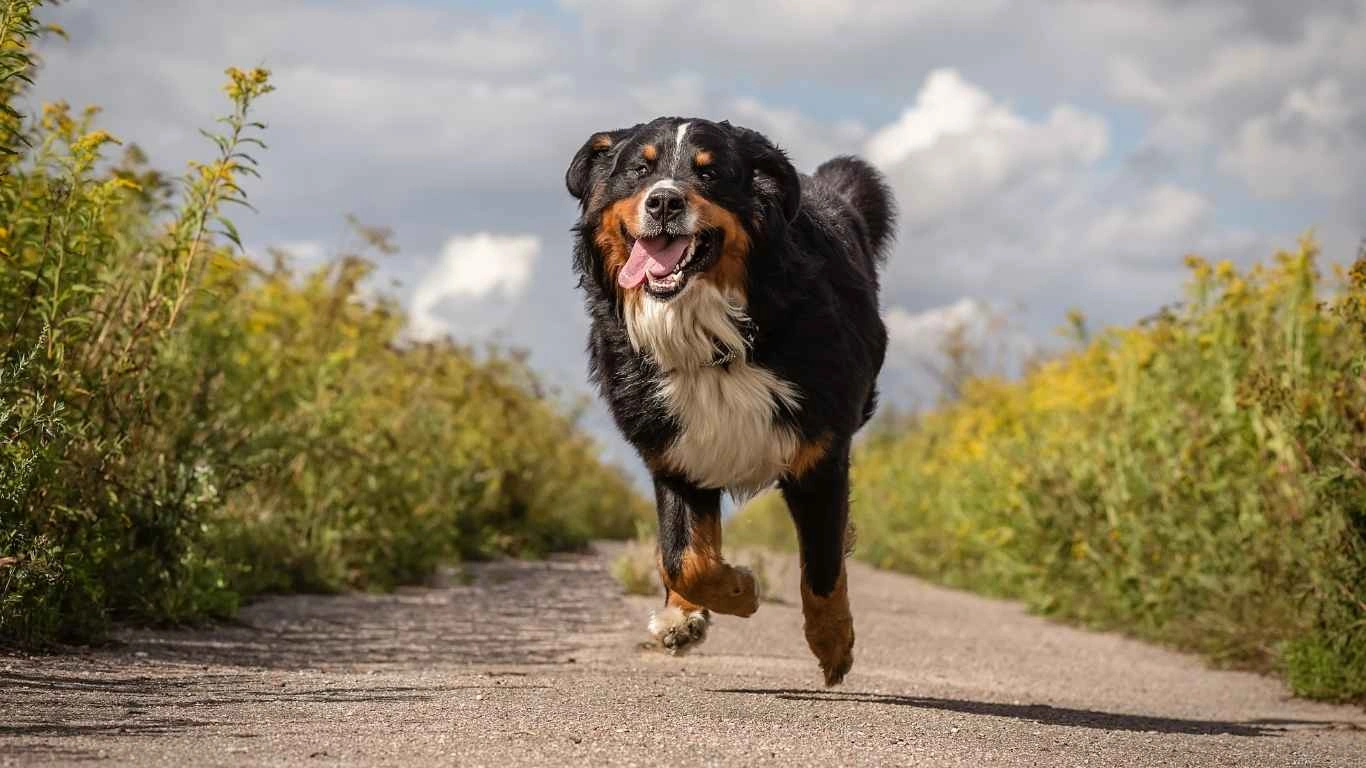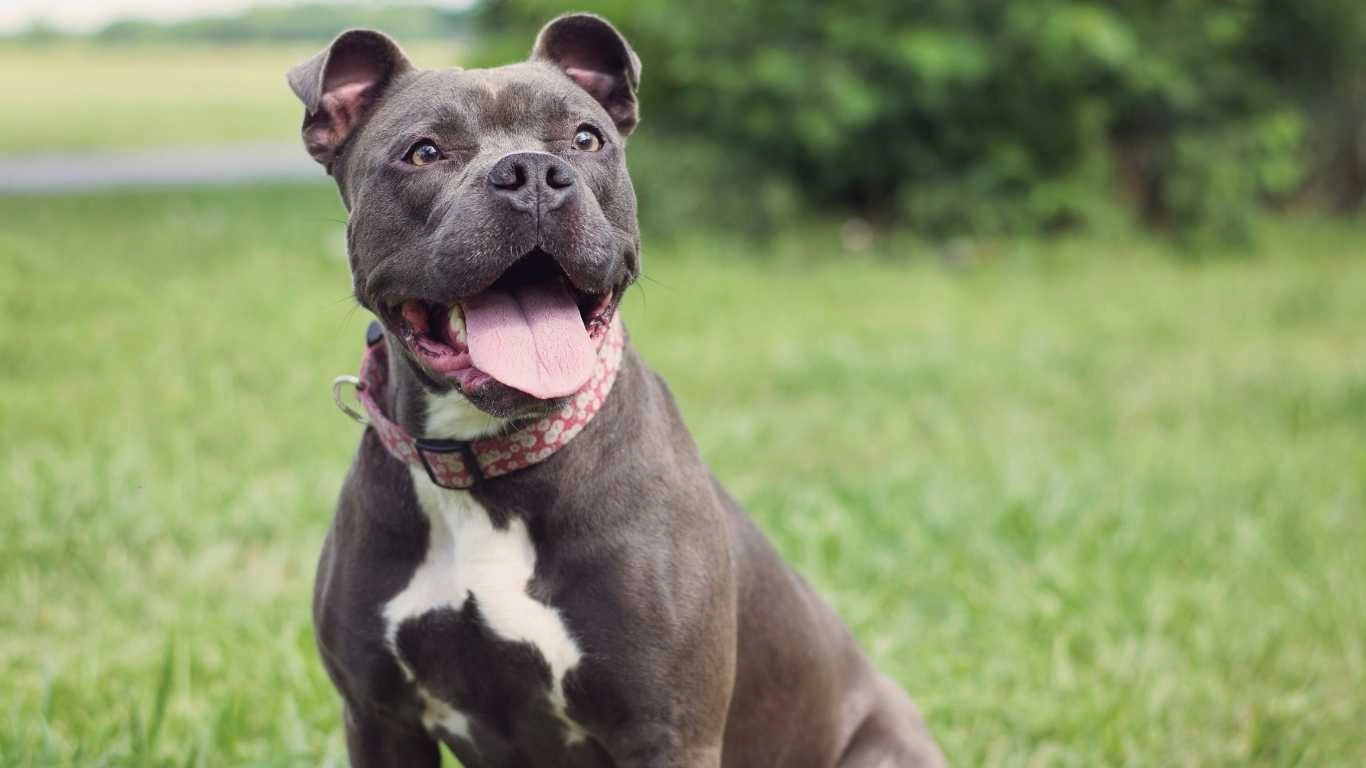Best Diet for Dogs with Colitis: Heal Their Gut Now
If you’ve ever dealt with a pup suffering from digestive issues, you already know it can be downright heartbreaking. As an Animal Care Specialist, I’ve seen my fair share of fur-babies struggling with colitis, and finding the best diet for dogs with colitis can truly make all the difference. Colitis, which is basically inflammation of the colon, can turn your happy-go-lucky dog into a miserable, uncomfortable little soul. And honestly? Watching them go through that is tough, both as a professional and as a pet parent myself. Let’s talk about real solutions—what actually works, and how you can help your dog feel better starting today.
Understanding Colitis in Dogs: What You Should Know

First things first: before we dive into the best diet for dogs with colitis, it’s important to understand what we’re actually dealing with. Colitis isn’t a disease itself—it’s more like a symptom. Inflammation in the colon can be triggered by a ton of things, like:
- Food intolerances or allergies
- Parasites (ugh, the worst!)
- Bacterial infections
- Stress (yes, dogs get stressed too!)
- Sudden dietary changes
- Inflammatory bowel disease (IBD)
In the clinic, we’d often see pups come in with diarrhea (sometimes bloody), straining to poop, or having accidents in the house. Some even lost weight because they were so uncomfortable. It’s one of those conditions where you need a whole-body approach—not just treating symptoms, but actually supporting the gut and immune system at the same time.
Why Diet Matters So Much for Colitis

Here’s the thing: you can throw all the meds at colitis you want, but if your dog’s diet isn’t supporting healing, you’re basically paddling upstream without a paddle. Trust me, I’ve seen it firsthand more times than I can count.
The gut is the epicenter of health. When it’s inflamed, your dog needs foods that are easy to digest, soothing to the gut lining, and packed with anti-inflammatory properties. The wrong diet can literally keep the cycle of inflammation going and going like a bad rerun.
That’s why a carefully planned nutrition strategy isn’t just helpful—it’s absolutely essential. When I worked with our in-house veterinarians, they often said diet was 70% of the battle when it came to colitis cases. Honestly? They weren’t exaggerating.
Key Nutritional Principles for Managing Colitis

Alright, let’s get into the good stuff—the real-world strategies that actually work. Over the years, I’ve helped design plenty of diets for dogs dealing with colitis, and these principles never steered us wrong:
1. Low-Residue Diets
A low-residue diet is basically a fancy way of saying “foods that don’t leave a lot behind.” Less fiber and waste means less irritation to an inflamed colon. Think highly digestible proteins and minimal fillers.
- Boiled chicken or turkey (no seasoning)
- White rice or sweet potatoes
- Low-fiber veggies like zucchini or pumpkin
2. Novel Protein Sources
Sometimes colitis flares because the immune system is ticked off by a common protein (like beef or chicken). Switching to a “novel” protein—something your dog’s body hasn’t seen before—can calm things down dramatically.
- Duck
- Rabbit
- Kangaroo (yes, really!)
- Venison
3. Hypoallergenic or Limited-Ingredient Diets
If there’s even a whiff of food allergy at play, a limited-ingredient diet can be a total game-changer. These diets stick to just a few ingredients, minimizing the chances of an allergic reaction and giving the gut a real chance to heal.
4. Fiber: The Good and the Bad
Fiber’s a tricky one. Some fiber can be helpful—especially soluble fiber, which forms a soothing gel in the intestines. But too much insoluble fiber (the rough, scratchy kind) can make things worse.
- Good fiber sources: Pumpkin, psyllium husk
- Fibers to avoid: Corn, wheat bran
5. Adding Gut-Soothing Supplements
In the clinic, we often recommended adding gentle supplements alongside diet changes. They can really give healing a jumpstart:
- Probiotics (to restore good gut bacteria)
- Slippery elm powder (a natural gut soother)
- Omega-3s (for their anti-inflammatory magic)
Whenever I worked with clients on nutrition changes, I always reminded them: consistency is key. Flipping and flopping between diets can actually trigger more inflammation, not less. It’s better to stick with a solid plan and give it time to work its magic.
Best Diet for Dogs with Colitis: Recipes You Can Trust

So, now that we’ve covered the basics of colitis and some general dietary principles, let’s talk about actual food options. I’ve spent a lot of time working closely with dog owners to find foods that are both safe and effective. You’d be amazed at how easy it is to craft meals that are gentle on the gut yet still pack a punch in terms of nutrition. Here are some go-to options I’ve seen work wonders:
1. Homemade Diets for Dogs with Colitis
Some of the most successful cases I’ve worked on involved homemade diets. I know, I know—preparing food for your dog might sound daunting, but it doesn’t have to be. You’ll find that with the right ingredients, it’s easier than you think to make a meal that supports digestion while still tasting great. Here’s a basic recipe I’ve recommended to several clients with excellent results:
- 1 cup boiled chicken (shredded)
- 1/2 cup cooked white rice
- 1/4 cup cooked pumpkin (pureed)
- 1 tsp fish oil (for omega-3 fatty acids)
This combination is easily digestible, soothing for the gut, and packed with the necessary nutrients to help your dog recover. The chicken provides lean protein, the rice is a low-residue carb source, and the pumpkin is full of soluble fiber that helps absorb excess water and regulate bowel movements.
2. Commercial Diets: The Convenience Factor
Of course, I get it—life’s busy, and preparing meals every day just isn’t always practical. If you’re in a pinch or don’t have the time to make homemade meals for your dog, there are some commercial dog foods specifically formulated for colitis. The key is finding one that’s easy on the stomach and doesn’t irritate your pup’s gut. Look for the following when shopping around:
- Limited-Ingredient Diets—These are great for avoiding common allergens like corn, wheat, or soy, which could trigger flare-ups.
- Hydrolyzed Proteins—Proteins broken down into smaller parts are easier for the gut to process and are less likely to cause reactions.
- Prescription Diets—If you have a veterinarian you trust, ask them about prescription formulas like Hill’s Prescription Diet i/d or Royal Canin Gastrointestinal Low Fat.
During my time in the shelter, I would sometimes recommend these types of commercial diets for pet parents with busy schedules. They can be a lifesaver when your dog needs specialized food and you’re juggling a million other things in your day. Just make sure to choose one that doesn’t have any added artificial colors or fillers—those can do more harm than good.
How to Transition to a Colitis-Friendly Diet

One of the trickiest parts of dealing with colitis is transitioning your dog to a new diet without making things worse. If you’ve ever tried changing your dog’s food too quickly, you know how it can lead to more digestive upset (diarrhea, gas, the works). That’s why it’s super important to make any diet changes gradually. Here’s a little breakdown of how I recommend making the switch:
- Days 1-2: Mix 25% of the new food with 75% of your dog’s current food.
- Days 3-4: Increase the new food to 50% while cutting back the old food to 50%.
- Days 5-6: Move to 75% new food and 25% old food.
- Day 7 and beyond: Fully transition to the new food if your dog’s digestive system is handling it well.
While I was working in the pet clinic, I would always emphasize the importance of this slow transition to owners. It’s not a race! If you push the switch too fast, your dog’s already-sensitive digestive system might go haywire again, and all that effort will be for nothing. Patience truly is key when you’re helping your dog heal from colitis.
Signs Your Dog is Adjusting Well to Their New Diet

So how do you know if the new diet is actually working? If your dog is making progress, you should notice some clear signs of improvement. Over the years, I’ve seen the following positive changes in dogs as they adjusted to a better diet for colitis:
- Improved Stool Consistency: Less diarrhea and more firm, regular stools are a great sign. It’s a clear indicator that their digestive system is healing and stabilizing.
- More Energy: Colitis can make dogs lethargic, so if your dog starts getting back to their playful, energetic self, that’s a big win.
- Less Straining: If your dog is no longer straining to poop or is having fewer accidents inside the house, that’s a huge sign that the diet is helping reduce inflammation.
While working at the shelter, we’d often celebrate those little victories with the pet owners. Seeing a dog feel better after struggling with colitis? It never gets old. And those small signs of improvement are everything when you’re on the road to recovery.
How to Support Your Dog Beyond Diet: Lifestyle Tips for Colitis

When it comes to managing colitis, diet is just one piece of the puzzle. I’ve worked with so many clients over the years who’ve seen incredible progress by simply adjusting their dog’s nutrition, but we can’t forget about the lifestyle changes that can really help their healing journey. Colitis can be triggered by a variety of factors, so it’s important to consider the whole picture when creating a treatment plan. Here are some key lifestyle changes that I’ve seen make a real difference:
1. Manage Stress: Colitis and Anxiety Go Hand-in-Hand
Stress is one of those sneaky culprits that can aggravate colitis. Believe it or not, I’ve seen more than a few cases where stress was the driving factor behind a dog’s flare-ups. Whether it’s separation anxiety, a change in their environment, or simply too much stimulation, stress can wreak havoc on a dog’s digestive system. That’s why it’s super important to keep your dog’s stress levels in check. Here’s how:
- Regular Exercise: Not only does it help manage weight, but it also helps burn off excess energy and anxiety. Make sure your dog has a good mix of physical and mental exercise every day.
- Routine and Structure: Dogs thrive on predictability. Try to keep their daily schedule as consistent as possible to help reduce anxiety triggers.
- Calming Aids: Consider using calming products like CBD oil, calming collars, or anxiety-reducing music to help keep your dog relaxed. It worked wonders for a few of my shelter dogs who struggled with stress-related colitis!
2. Keep Your Dog’s Environment Clean and Safe
As any pet professional will tell you, cleanliness can’t be overstated when it comes to gut health. Keeping your dog’s living space clean, safe, and free from potential contaminants can go a long way in reducing flare-ups. Simple steps, like washing their bedding regularly, disinfecting food and water bowls, and keeping their play areas free from bacteria, can really help.
Another thing I’d recommend is limiting your dog’s exposure to potentially harmful bacteria. For instance, if your dog tends to scavenge or get into trash, you might want to consider using a muzzle during walks or hikes. And if they have a habit of eating off the ground, try teaching them the “leave it” command—trust me, it’s a game-changer!
When to Seek Professional Help: Red Flags to Watch For

While most cases of colitis can be managed with diet and lifestyle changes, there are times when you’ll need to seek professional help. I always tell pet owners that they should trust their instincts. If your dog is still having issues despite dietary changes, or if they’re showing any of the following symptoms, it’s time to visit your vet:
- Blood in the Stool: This could indicate a more serious condition like ulcerative colitis or other gastrointestinal issues.
- Extreme Weight Loss: If your dog is losing weight rapidly, it might be a sign that they’re not absorbing nutrients properly.
- Persistent Vomiting: If your dog’s vomiting isn’t improving, it could point to a more severe underlying issue.
- Severe Lethargy: If your dog seems excessively tired or disinterested in activities they normally enjoy, don’t ignore it.
As someone who’s worked both in shelters and with clients at clinics, I can tell you that catching problems early on can make all the difference. Colitis may be manageable in most cases, but other gastrointestinal diseases can be much more serious and require immediate medical attention. So don’t hesitate to reach out to your vet if you’re concerned.
References and Resources
For more information about managing colitis in dogs and improving gut health, check out these trusted resources:
- PetMD – A trusted source for pet health information, including everything from diet recommendations to disease management.
- American Kennel Club (AKC) – Learn about breed-specific considerations and health concerns that might contribute to digestive issues.
- National Institutes of Health (NIH) – Find medical research on gastrointestinal diseases and treatments for pets and humans alike.
If you’re dealing with colitis or any digestive issues in your dog, it’s important to have a reliable network of professionals to turn to. Whether it’s your veterinarian or trusted online resources, knowing where to go for answers can make a world of difference.
Disclaimer
Disclaimer: This article is for informational purposes only and is not intended as medical advice. Always consult with a licensed veterinarian for diagnosis and treatment of any health concerns affecting your pet. Every dog is unique, and what works for one dog may not be appropriate for another. This content should not replace professional advice or care.






